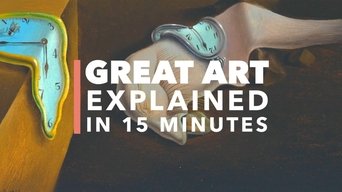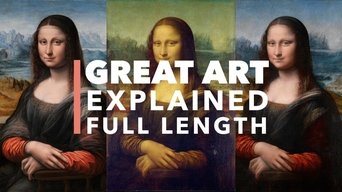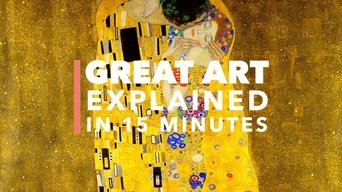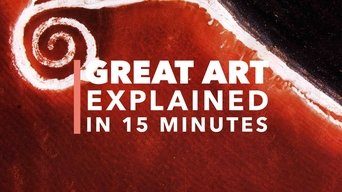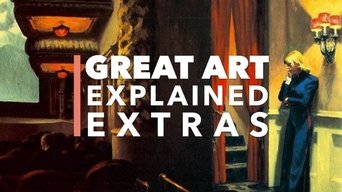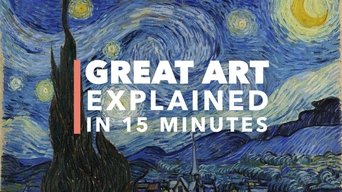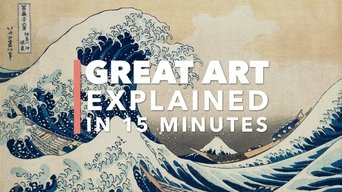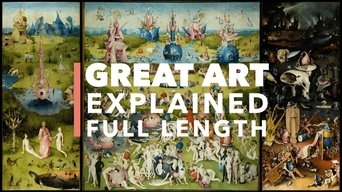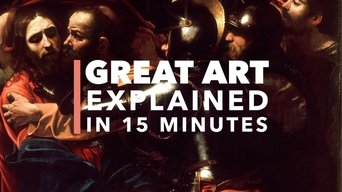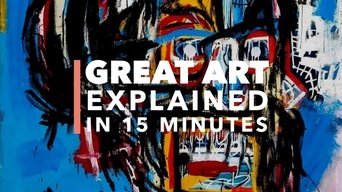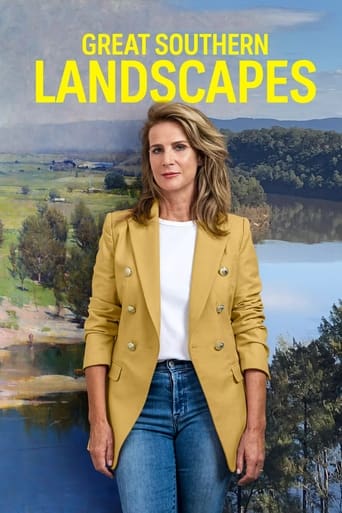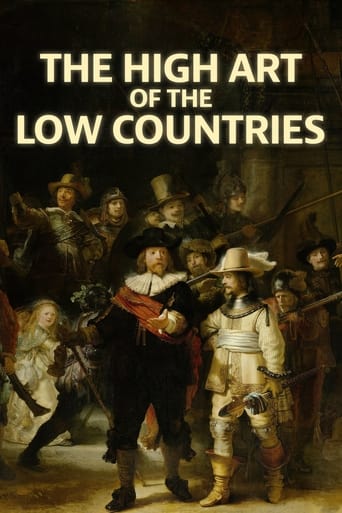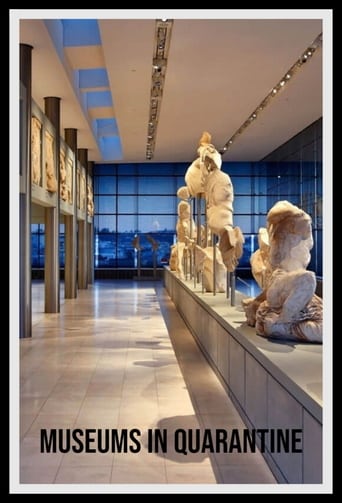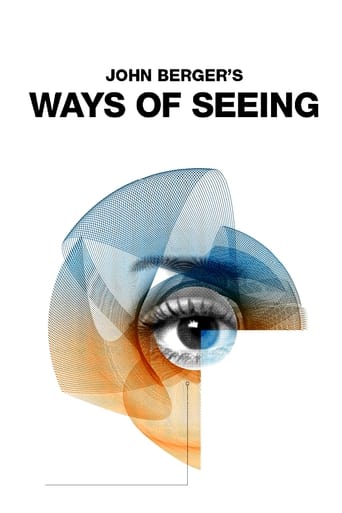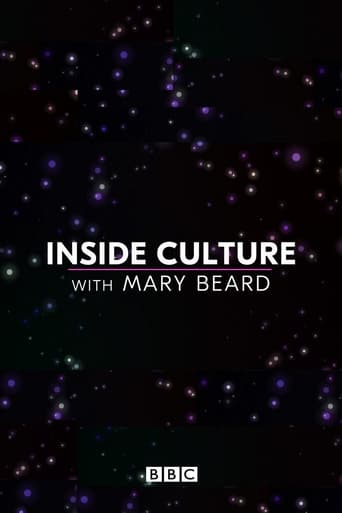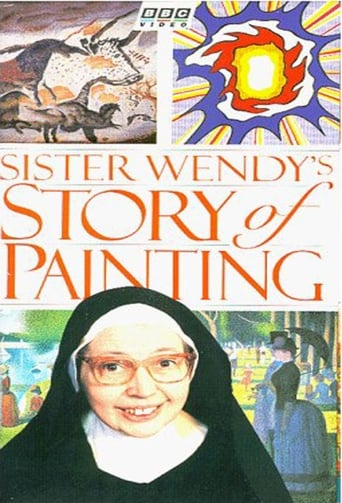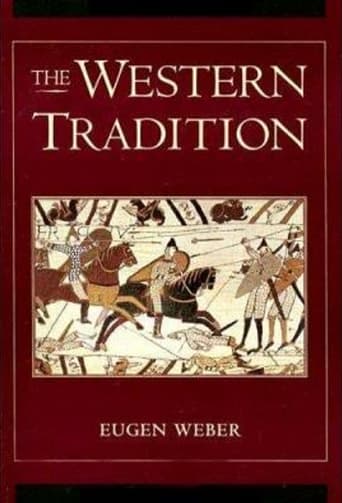Great Art Explained Season 2
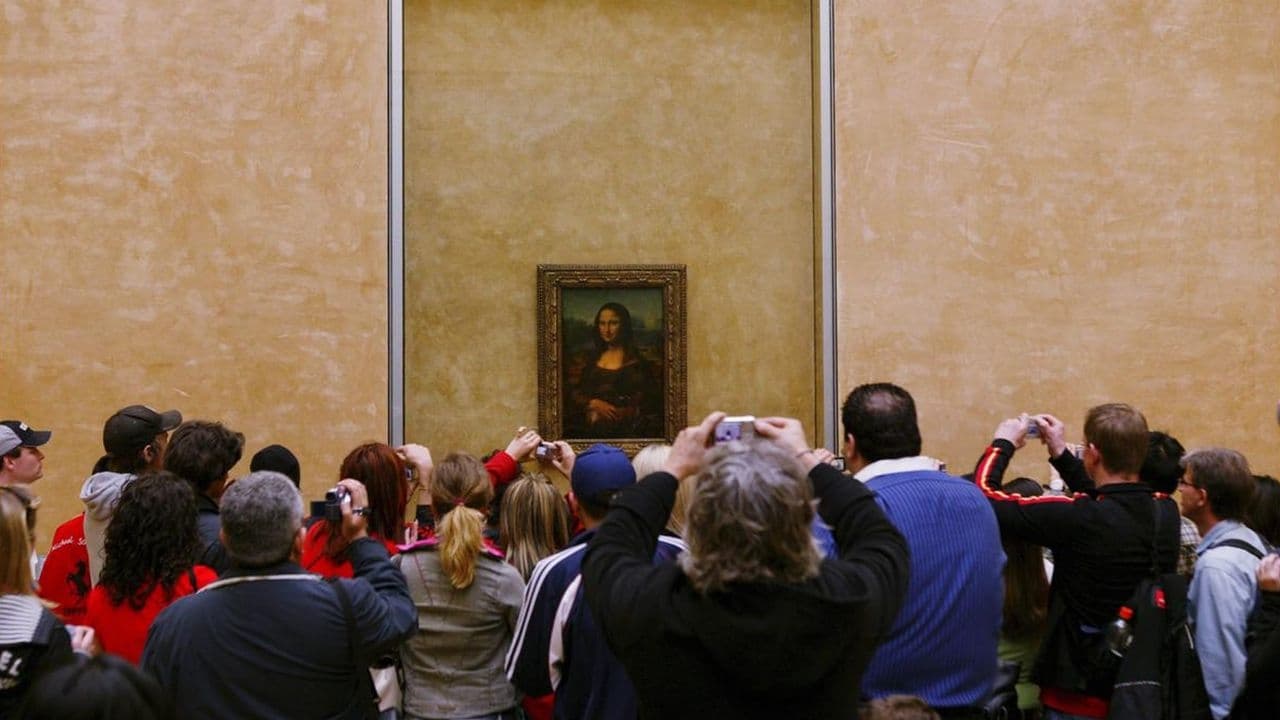
Great Art Explained is a video series that focuses on one piece of art per episode, breaking it down, using clear and concise language free of 'art-speak'.
Watch NowWith 30 Day Free Trial!
Great Art Explained
2020
I'm James Payne, a curator, gallerist and a passionate art lover. I am on a mission to demystify the art world and discover the stories behind the world’s greatest paintings and sculptures. Each episode will focus on one piece of art and break it down, using clear and concise language free of 'art-speak'.
Watch Trailer
With 30 Day Free Trial!
Great Art Explained Season 2 Full Episode Guide
Salvador Dali's exploration of the depths of the subconscious mind in his paintings and his powerful images tapped into the fantasies, dreams, fears and hallucinations of entire generations, and he should be remembered as a consummate draughtsman, and a pioneer of Surrealism. An artist who made modern art popular and accessible. “The Persistence of Memory” is for good reason, the most celebrated surrealist canvas ever painted. Created long before his descent into self-parody, it really is the work of a crazy genius.
Who is Mona Lisa? Is it a self-portrait? Why doesn't she have eyebrows? Is she only famous because she was stolen? How do we know what Leonardo was thinking? James Payne discusses the Mona Lisa in a special extended film. If you enjoyed the 15-minute film, then don't miss this one. Lots of new information, presented with just the facts. No conspiracy theories or nonsense in this film, just straight forward information. Since releasing my first film on the Mona Lisa over a year ago, I have been amazed at the response. This is the more comprehensive version I always wanted to do, that uses some of the information from the first film (but in higher resolution with better sound and with clearer graphics), as well as answering the hundreds of questions my first film generated
A group of artists, architects, musicians and social scientists, were experimenting in ways that would transform their individual fields. On the one hand, Vienna was the traditional city of academic art, Johann Strauss, and the Hapsburg empire, but on the other, it was the home of radical artists such as Gustav Klimt and Egon Schiele who were shocking audiences with explorations of sexual themes. Architects Otto Wagner and Adolf Loos were challenging imperial design, while Gustav Mahler was transforming the musical life of the city. And Sigmund Freud was about to change forever the way we think about the human mind. Vienna was experiencing a new golden age. It was a city at the forefront of modernity, and it would shape the 20th century.
You could say Land art existed thousands of years even before oil painting, but it would take a group of American artists to bring it back to the public gaze in the 1960s and 70s. Artists like Michael Heizer, Robert Smithson, and Nancy Holt had emerged from sculpture, minimalism and conceptual art. Rather than painting the landscape, they started working outdoors and sculpting directly into the landscape itself. Instead of paint brushes, they would use bulldozers, and the earth would be, not only the site, but also the materials and the canvas.
Edward Hopper’s world was New York, and he understood that city more than most people. He understood that, even though you may live in one of the most crowded and busy cities on earth, it is still possible to feel entirely alone. This painting, was completed on January 21st, 1942, just weeks after the bombing of Pearl Harbour and America’s entry into World War two. That’s not to say the war was a direct influence, but the feeling of dread many Americans had, surely infused the painting. Afraid of air raid attacks, New York had blackout drills, and lights were dimmed in public spaces. Streets emptied out and Hopper’s city was effectively dark, and silent.
Vincent van Gogh was a largely self-taught artist who didn’t pick up a paintbrush until he was 30 years old. Just seven years later, he would be dead. It was really his last four years where he developed the style we would come to know him by, and these were also his most prolific years. Once he found his way, he was making up for lost time.
In 1639 Japan closed its borders and cut itself off from the outside world. Foreigners were expelled, Western culture was forbidden, and Entering or leaving Japan was punishable by Death. It would remain that way for over 200 years. It was under these circumstances that a quintessentially Japanese art developed. Art for the people that was consumed on an unprecedented scale.
The Garden of Earthly Delights video was the most popular, voted on by viewers for me to make. I am still taking suggestions, so please put them on the comments of my video "what is your favourite work of art?" There are no records to tell us what Bosch or his contemporaries were thinking. There are so many theories out there, some more outlandish than others. I have sifted through most of them, and from a process of elimination, come up with what I think is a pretty good idea. I have also come up with several ideas I haven’t seen before.
The Taking of Christ is a painting by Michelangelo Merisi da Caravaggio. The subject is the moment that the son of God is betrayed with a kiss, and arrested in the garden of Gethsemane. Caravaggio’s approach to religious art was shocking and controversial in his time, his work was censored, dismissed and criticised, but it would lead to an entirely new kind of Christian art. The intensity of his paintings was matched only by his tempestuous lifestyle. The same year he painted this picture, Caravaggio was imprisoned for libel. A year later he was arrested for throwing a plate of hot artichokes at a waiter, a year after that, he wounded an official, and then finally, in 1606 he killed a man… and would spend the rest of his life on the run. More than any other painter in history, Caravaggio understood what it was like to be pursued by the authorities.
In 1982 at the age of just 22 years old, Jean-Michel Basquiat would produce this painting. A powerful and dazzling image that mixes text, colour, symbolism and mark-making in a raw and uncensored explosion. In a single painting, he would use his instinctive power of visual language to say everything he wanted to say. About America - about art - and about being black in both worlds.
Free Trial Channels
Seasons






